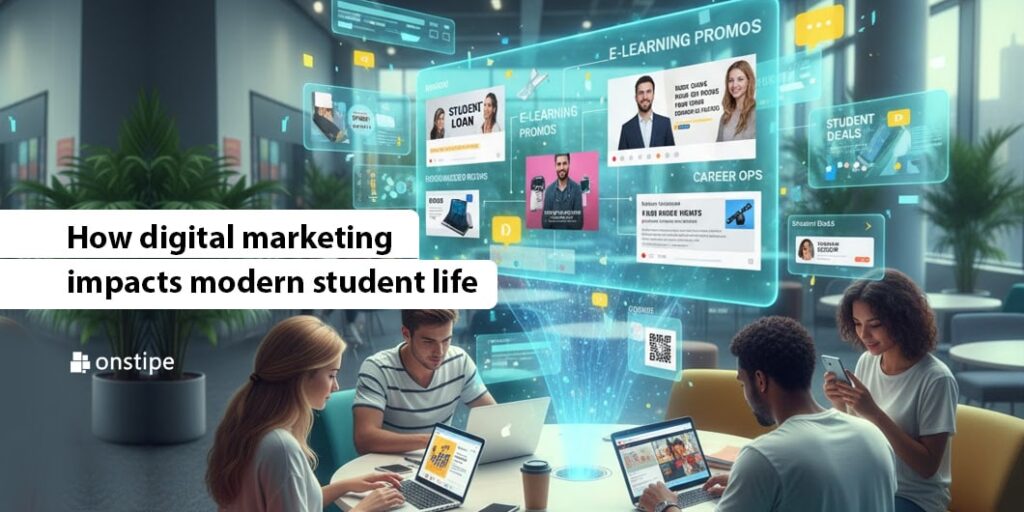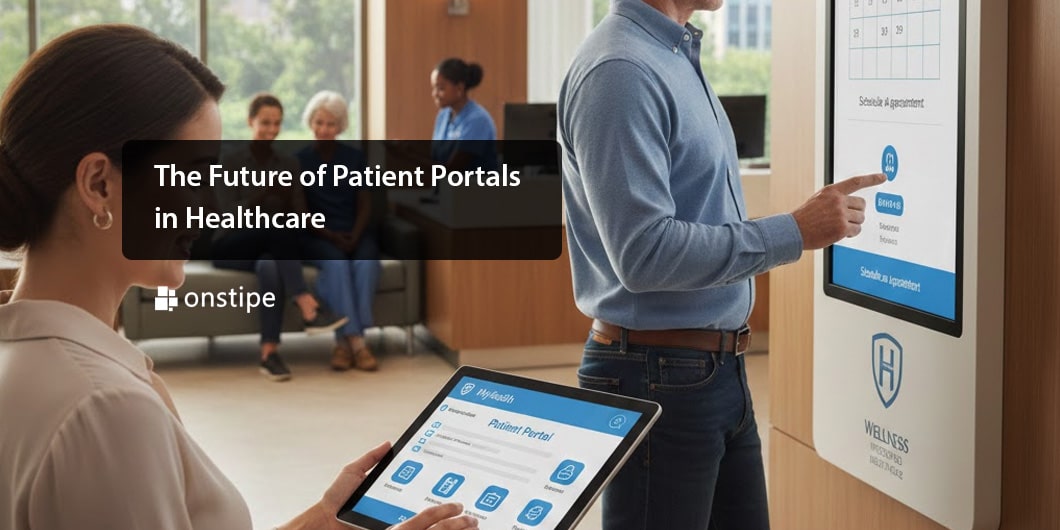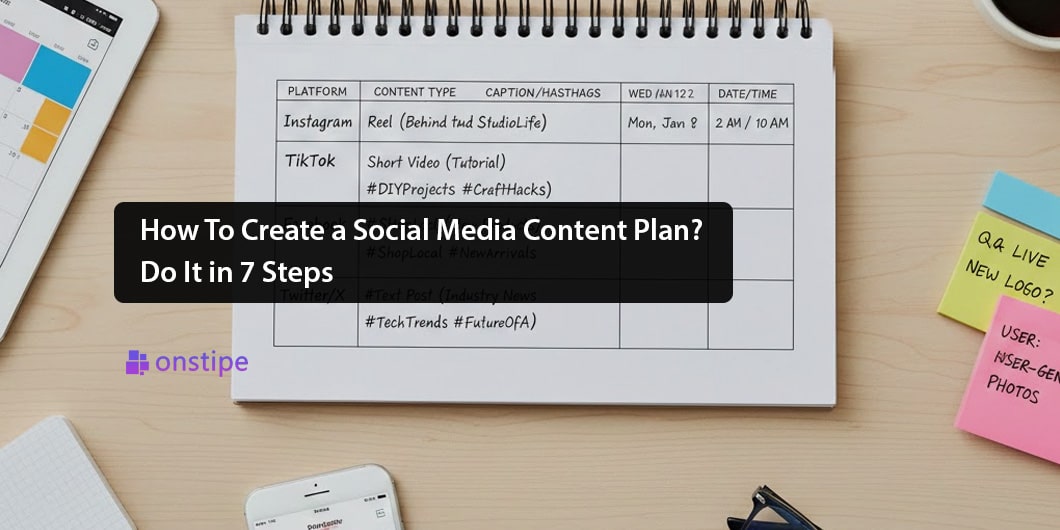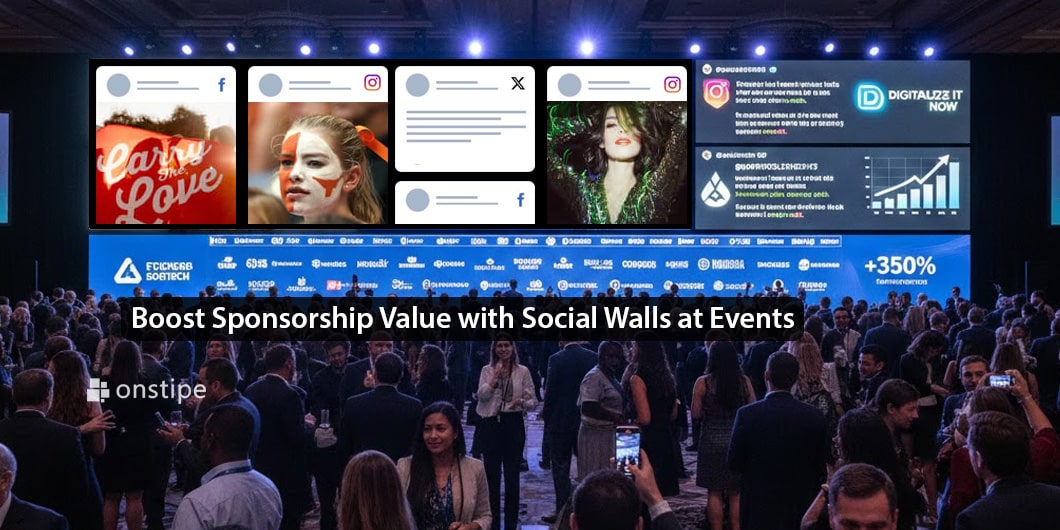Students today live in a world shaped by digital marketing. It follows them everywhere. Instagram shows study app ads. TikTok promotes campus events. Emails push internship opportunities. Snapchat filters celebrate university wins. The marketing machine never stops. Students sit right in the middle of this crazy tornado.
Marketing to students used to mean bulletin board posters. And college newspaper ads. Those days? Totally dead and buried. The game has changed completely. Companies and schools now reach students through digital channels. They use data that feels weirdly personal. Almost creepy sometimes.
Digital Marketing Strategies Targeting Students
Digital marketing strategies for student engagement have seriously evolved. Marketers use wild tactics to grab Gen Z’s attention. They mix entertainment with information. The line between content and ads? Super blurry now.
Universities have become marketing machines. Check out Purdue’s “Boilermaker Stories” campaign. It uses real student stories across social media. It works because it’s authentic. Not some corporate garbage.
When assignment stress peaks, a essay writing help at Essaypay.com might pop up in ads. This timing isn’t random. Heck no. It’s from algorithms tracking school calendars and search patterns. Kinda brilliant, honestly.
The best student marketing usually has:
- Partnerships with actual students who have real followers
- Interactive stuff like quizzes and AR filters
- Location-based promos that ping when students enter certain areas
- Personalized offers based on past online behavior
- Short videos made for phones
A 2023 survey showed 73% of college students find campus stuff through social media ads. That’s a huge shift in how info spreads around campus. Like, mind-blowing huge.
How Students Interact with Digital Marketing
The impact of digital marketing on students goes way beyond buying stuff. It shapes how they learn about opportunities. How they connect with their schools. Even how they see themselves on campus.
Emma Johnson from Northwestern says: “Students don’t just consume marketing—they’re in it. They make TikToks about dorm life. They tag brands in stories. The line between marketer and audience? Totally gone.”
This participation makes marketing super powerful on campus. When students help create campaigns, content spreads like wildfire. Northeastern’s “Husky Hunt” blew up because students shared their experiences all over social media. It was bonkers how fast it spread.
How students respond to digital marketing depends on how real it feels. They can smell fake from a mile away. Forced or commercial content gets ignored. Or worse, roasted online. Remember Chegg’s “How Do You Chegg?” campaign? Students tore it to shreds for trying too hard to sound young. Epic fail.
Customer support is available 24/7 for helpful, timely assistance anytime. This promise hits different with students. They’re up at all hours. They expect brands to be there whenever, not just during normal business hours. No one’s writing papers at 9 AM on a Tuesday, for crying out loud.
Benefits and Challenges for Student Life
The role of social media in student life is massive. Beyond just entertainment, social channels are now the main info source for campus resources and events. A 2023 study showed 82% of students learn about campus services through social media—way higher than official emails at 54%. The official stuff just doesn’t cut it anymore. Many students even use social platforms to find freelance gigs, like offers to write an essay for money. It’s become a popular way to earn quick cash and build writing skills at the same time.
Digital marketing has created some sweet benefits:
- Better awareness of resources like mental health services
- Personalized info for specific majors and interests
- Community building through shared digital experiences
- Easier discovery of random clubs and events
- Access to student discounts and deals
But it’s not all sunshine and rainbows. The constant digital noise is too much. Students feel swamped by notifications and targeted content. A 2022 study found student attention spans dropped to about 8 seconds. That’s nuts! Down from 12 seconds in 2000.
Privacy issues are a big deal too. Most students don’t get how their data is being used. When Indiana University tracked student locations through campus WiFi for marketing, students freaked out. And honestly? They should have. That’s some sketchy business right there.
The Future of Digital Marketing in Education
The influence of online marketing on students will only get more intense. Several trends show where things are headed:
AR tours let potential students explore campuses from anywhere. Stanford’s AR experience shows info overlays as you virtually walk through buildings. It feels more like a tool than an ad. Pretty slick approach.
AI personalization is getting scary good. Georgia State uses AI to analyze student data and send super personalized messages about resources based on grades, money situations, and activities. Big Brother vibes, but helpful.
Voice search is becoming huge as students ask Alexa and Siri for info. “Where can I study?” and “When does the gym close?” are common questions that marketing teams have to optimize for now.
As marketing gets fancier, the line between helpful and creepy gets blurrier. Students get relevant info at the right time, but at what cost? Their privacy? Their attention? It’s a whole mess of trade-offs.
The smartest universities are already tackling these concerns. They’re developing marketing approaches that prioritize student wellbeing, not just clicks and views. The goal shouldn’t be just grabbing attention. It should be providing actual value in this bonkers digital world we’re living in.







